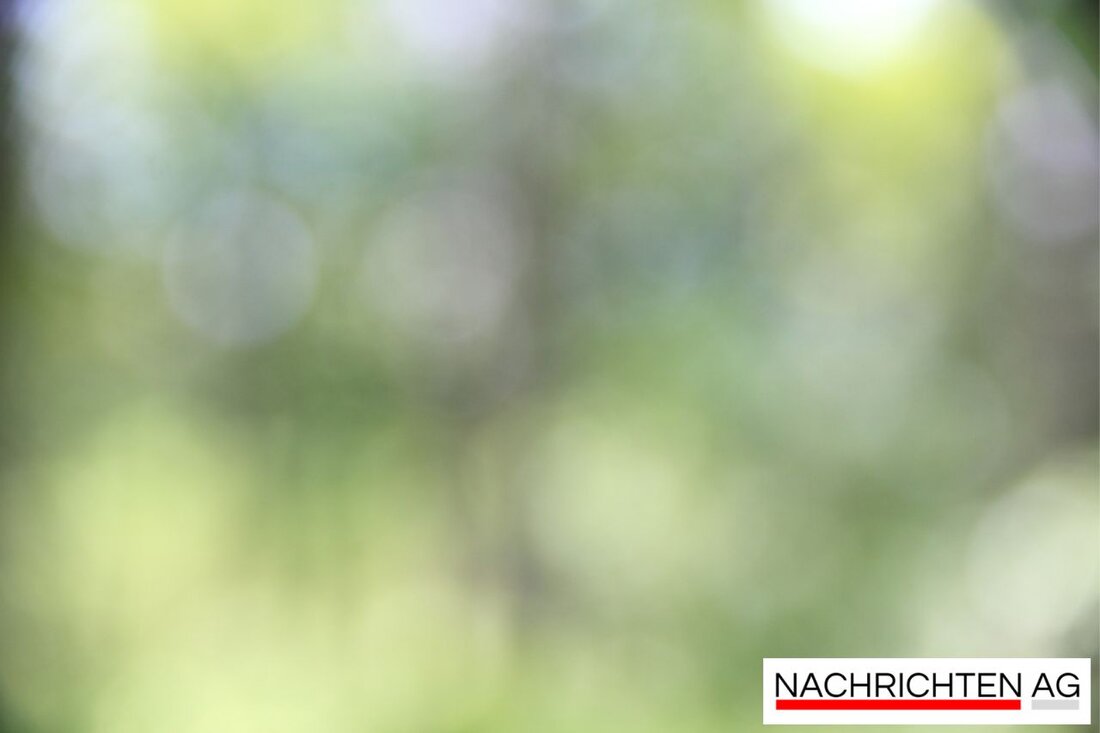Northern Germany in a frenzy of lights: Northern lights fascinate in autumn!
Northern lights illuminate Northern Germany: An unexpected natural spectacle on September 30, 2025, caused by geomagnetic storms.

Northern Germany in a frenzy of lights: Northern lights fascinate in autumn!
On September 30, 2025, many people in northern Germany experienced a fascinating natural spectacle: the northern lights. These impressive light phenomena captivated numerous observers who shared their experiences in the forum of the Arbeitskreis Meteore e.V. This shows that interest in the Aurora Borealis, as they are called in the northern regions, has far from waned. Normally, solar flares, also known as coronal mass ejections (CME), are necessary to produce this miracle of nature. But interestingly, before the recent sightings, there were no significant CMEs, such as on Mercury is reported.
How do these phenomena come about? The answer lies in the interaction between the Sun and Earth, particularly in the so-called “Russell-McPherron effect”. This explains that the interaction between the solar magnetic field and the earth's magnetic field is particularly intense around the equinoxes in spring and autumn. This optimal alignment effectively promotes the formation of auroras, making observations in September particularly exciting. In order to understand the phenomenon even better, it is important to look at the background to solar activity.
The role of solar activity
In the context of the current solar cycle, which fluctuates every 11 years, the sun is currently reaching a maximum. This phase leads to an increased number of sunspots, storms and coronal mass ejections, which directly affects the frequency of auroras. Last year, enormous auroras were also observed over central Germany. The current September could further support the comeback of sightings, as shown on IFLScience is mentioned.
As for the colors of the northern lights: These are created by chemical reactions between solar particles and oxygen or nitrogen atoms in the upper atmosphere. This results in a breathtaking color palette that bathes the sky in a unique light. But where is the best place to watch this spectacle?
Where the northern lights are visible in Germany
The best places in Germany to see the Northern Lights are the northern Wadden Sea, the islands of Rügen and Spiekeroog, as well as Pellworm and the Lüneburg Heath. If you look at the right time and in the right places, you have a good chance of experiencing the magical lights. A little note for hobby astronomers: Even weaker northern lights can be captured well with long exposures with digital cameras or smartphones.
According to experts, the visibility of northern lights in the first days of October cannot be predicted with certainty. But scientific expertise suggests that there is still a chance of aurorae appearing due to the Russell-McPherron effect mentioned above. So keep your eyes peeled and look north to perhaps witness this spectacle again next week!
The fascination with northern lights is fueled not only by their beauty, but also by the complex interactions between the sun and the earth, which are not yet fully understood, even by scientists. This makes the phenomenon all the more attractive and shows that science still holds new secrets.

 Suche
Suche
 Mein Konto
Mein Konto